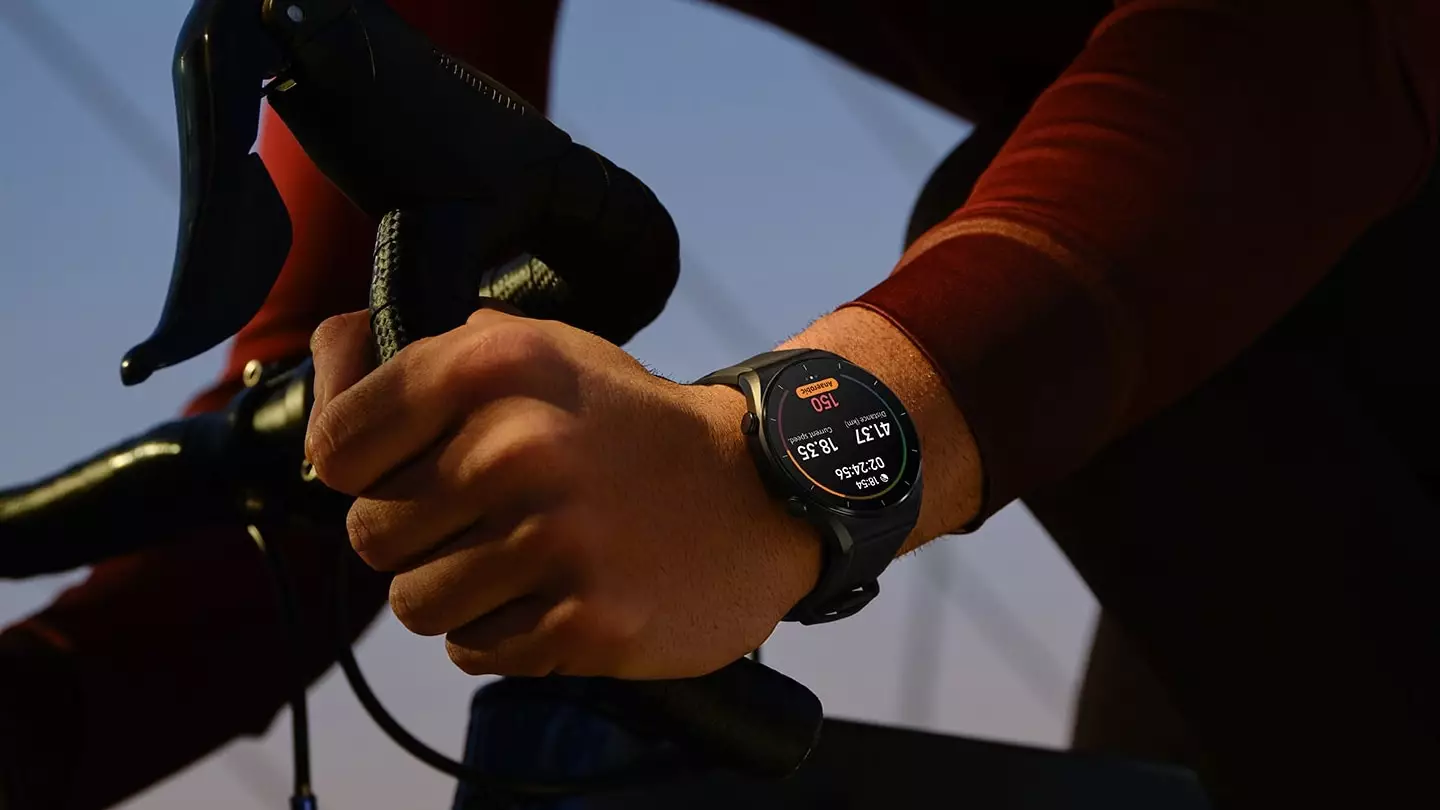The smartwatch market faced a significant downturn in 2024, with global shipments plummeting by 7 percent year-on-year. According to Counterpoint Research, this marked the first notable decline in smartwatch sales, a stark contrast to the growth trajectory observed in previous years. The landscape of the smartwatch industry has clearly shifted; established brands, once thought immune to market fluctuations, are now grappling with the realities of consumer expectations that evolve at an unprecedented pace.
What stands out in this recent report is not just the decline but the nuanced interplay of brand performances. Apple, traditionally a giant in this space, maintained its leadership position even as it experienced a 19 percent drop in its shipments. It seems that even the most robust players are not invulnerable to market forces, particularly when they rest on past successes without fostering innovation.
Apple’s Challenges: A Lesson in Stagnation
Apple’s narrative in the smartwatch domain is one of cautionary tales. The decline in the sales of the Apple Watch SE line, attributed to a lack of innovation and new models, raises critical questions about the limits of brand loyalty. Apple has long relied on its established ecosystem and brand prestige to carry products through rough patches; however, in the swiftly evolving tech landscape, this may no longer suffice.
With competitors like Xiaomi and Huawei aggressively pushing their product lines forward, one must wonder: can Apple afford to fall behind on innovation? The company’s significant drop in smartwatch shipments—across models that had previously dominated the market—signals a possible complacency that could lead to losing not only market share but consumer trust. As the age-old adage goes, “innovate or die,” and Apple’s missteps could bridge the gap for rivals ready to capitalize on their failures.
Chinese brands rise to the occasion
In stark contrast to Apple’s decline, Chinese brands like Xiaomi and Huawei emerged as rising stars in the smartwatch arena. Xiaomi’s astonishing 135 percent year-on-year growth exemplifies a precise understanding of consumer needs and market demands. Their successful product lines, including the Watch S1 and the Redmi Watch, highlight how critical it is for manufacturers to connect with their audience effectively.
Moreover, Huawei’s impressive 35 percent YoY growth hints at a brand not only willing to innovate but also to market its products aggressively, even in the competitive landscape dominated by tech giants. What’s fascinating about this development is the increased diversification of choice in the smartwatch market. As consumers are becoming more discerning and demanding in terms of features and aesthetics, brands that prioritize understanding their marketplace stand to gain substantial rewards.
The Indian Market Conundrum
The Indian market represents another compelling narrative in this global chapter. Once a robust growth driver for smartwatch shipments, India has seen a stark decline in consumer demand, with market share plummeting from 30 percent to just 23 percent. Factors contributing to this downturn include a sluggish replacement cycle, lackluster innovation from prominent brands, and unfulfilled user experiences among first-time buyers.
This decline raises an essential dialogue: Why are brands failing to engage with the Indian market effectively? Consumer preferences are shifting, and there appears to be a disconnect between manufacturers and these emerging markets. As willing adopters of technology, Indian consumers expect not just devices but experiences—essentially a call to action for brands to align products with user needs.
Looking Ahead: The Future of Smartwatches
Despite the difficulties faced in 2024, the report signals a potential resurgence in 2025, as wearables, particularly smartwatches, are expected to integrate more artificial intelligence capabilities and advanced sensors that promise to redefine user experiences. Health-monitoring features, including serious heart health metrics and advanced data insights, are on the horizon and could be pivotal in rekindling interest in smartwatches.
However, for brands to sustain engagement, regulatory compliance and consumer education will be critical. The market calls for a shift in the narrative from mere gadgets to essential tools for health and wellness, underscoring that smartwatches are no longer just about notifications and fitness tracking.
The events of 2024 remind us that the consumer electronics market is as much about connection and trust as it is about technology. As the industry pivots toward the future, those brands that can forge sincere connections with their audience based on innovation and understanding will likely emerge victorious.


Leave a Reply